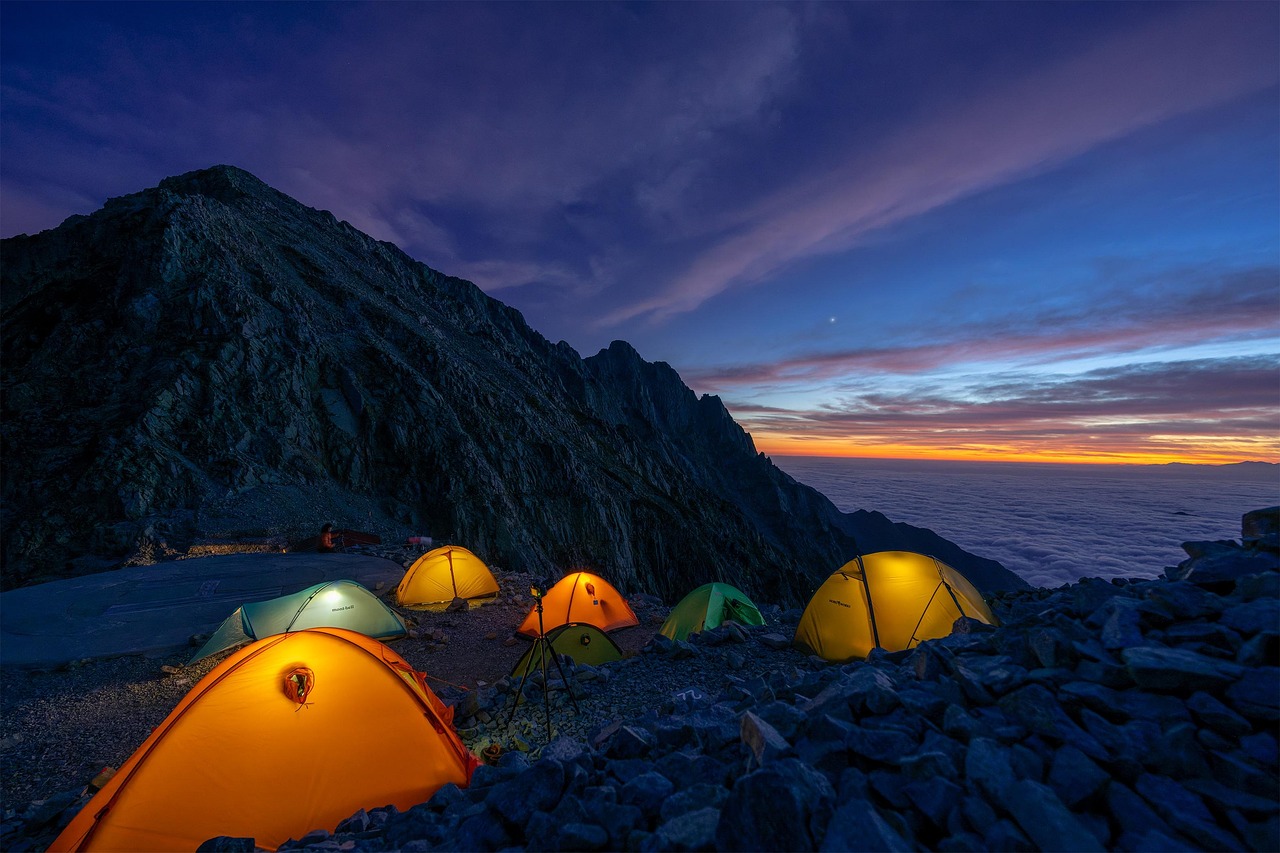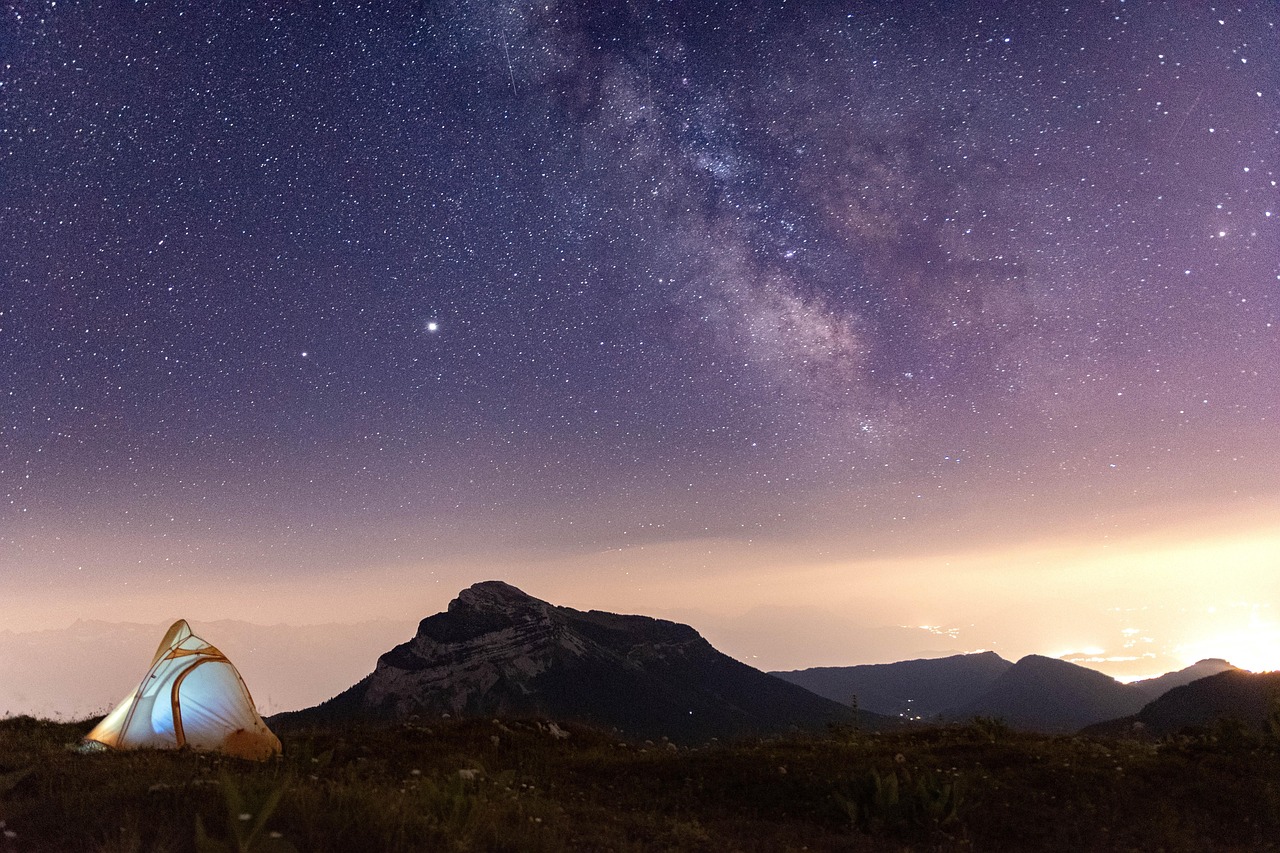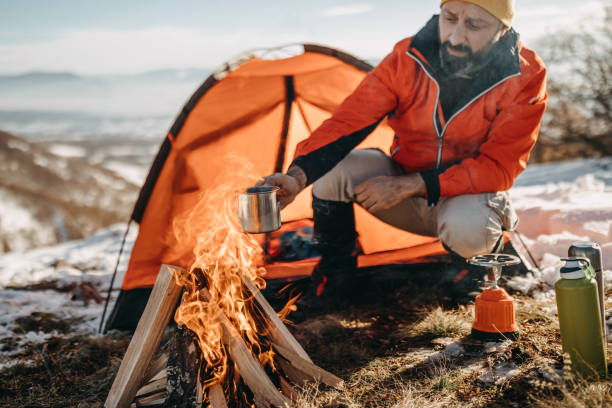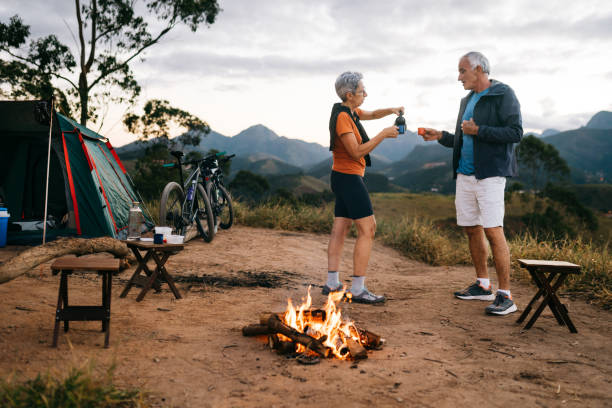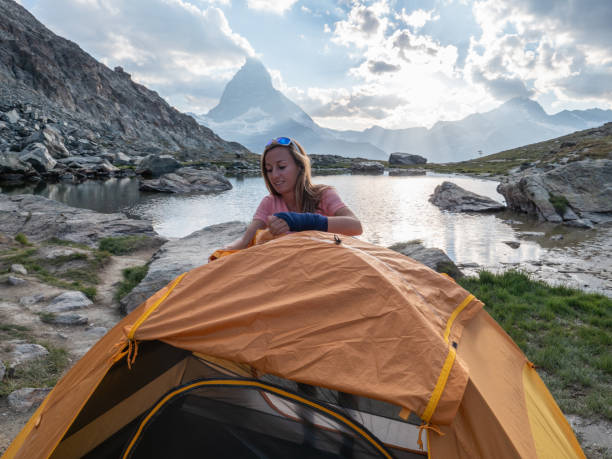We’ve camped in howling winds that bent trees sideways, poured coffee while sleet hit the tent walls like gravel, and learned the hard way why not all tents are made for extreme weather, that not every tent is best extreme weather tent. If you’ve ever zipped up a tent in sideways rain and wondered if it would last the night—you know the stakes.
When you’re venturing into the wild where weather doesn’t play nice, your tent isn’t just shelter—it’s survival. That’s why we went out and tested seven highly rated extreme weather tent options to see how they actually hold up when Mother Nature gets rowdy. From high-altitude snowfields to drizzly forest trails, we camped, hiked, and rode through it all to bring you the real deal.
Each of these extreme weather tents was tested in different tough environments—some solo, some with our camping crew—and what we’re sharing here is not a sales pitch, but our actual experience. If you’re looking for a tent that can take a beating and keep you safe, dry, and sane, read on.
Table of Contents
- The North Face Stormbreak
- Night Cat Backpacking Tent
- MSR Access 4-Season Tent
- Kelty Grand Mesa Backpacking Tent
- Toogh Backpack Camping Tent
- CAMEL CROWN Backpacking Tent
- Big Agnes Backpacking Tent
- Our Verdict!
- How to Choose the Best Extreme Weather Tent
- Strong, Wind-Resistant Structure
- High Waterproof Rating
- Four-Season Versatility
- What type of tent is the warmest?
- Which type of tent can withstand strong winds?
- Do all tents leak in heavy rain?
7
The North Face Stormbreak
We took the The North Face Stormbreak on a week-long trek through the Bitterroot Mountains. With unpredictable mountain weather, we wanted something light, tough, and easy to set up after long miles. And this little solo shelter didn’t disappoint.
First off—the setup was ridiculously easy. After a long, exhausting day of hiking, we had the Stormbreak pitched in under five minutes. No fiddling, no head-scratching. The large D-shaped door was a win too—it gave a surprisingly wide view of the forest around us, and when the sky cleared up one night, we lay back and caught glimpses of the stars right from inside.
Inside, it’s snug, for sure—it’s made for one person, and it fits one person perfectly with just enough room for a pack and maybe your pup. We found the ventilation surprisingly good for such a compact shelter. The high-low vent design really worked during warmer nights, and the fully seam-taped canopy and floor handled two sudden downpours without a leak. The rain rolled right off the polyester fly like it knew it wasn’t welcome.
Construction-wise, the Stormbreak’s materials felt solid. The 75D polyester and mesh didn’t budge in strong gusts, and the zippers and poles didn’t feel flimsy at all. One thing to note—the vestibule space is decent, but you’ll need to keep your pack organized if you’re out more than a couple of days.
For a solo adventurer needing a budget-friendly, no-fuss tent that can handle real weather, the Stormbreak 1 is a solid severe weather tent.
Pros:
✅ Easy 2-pole setup with color-coded clips
✅ Excellent ventilation with high-low airflow
✅ Spacious vestibules for gear storage
Cons:
❌ Not built for winter camping
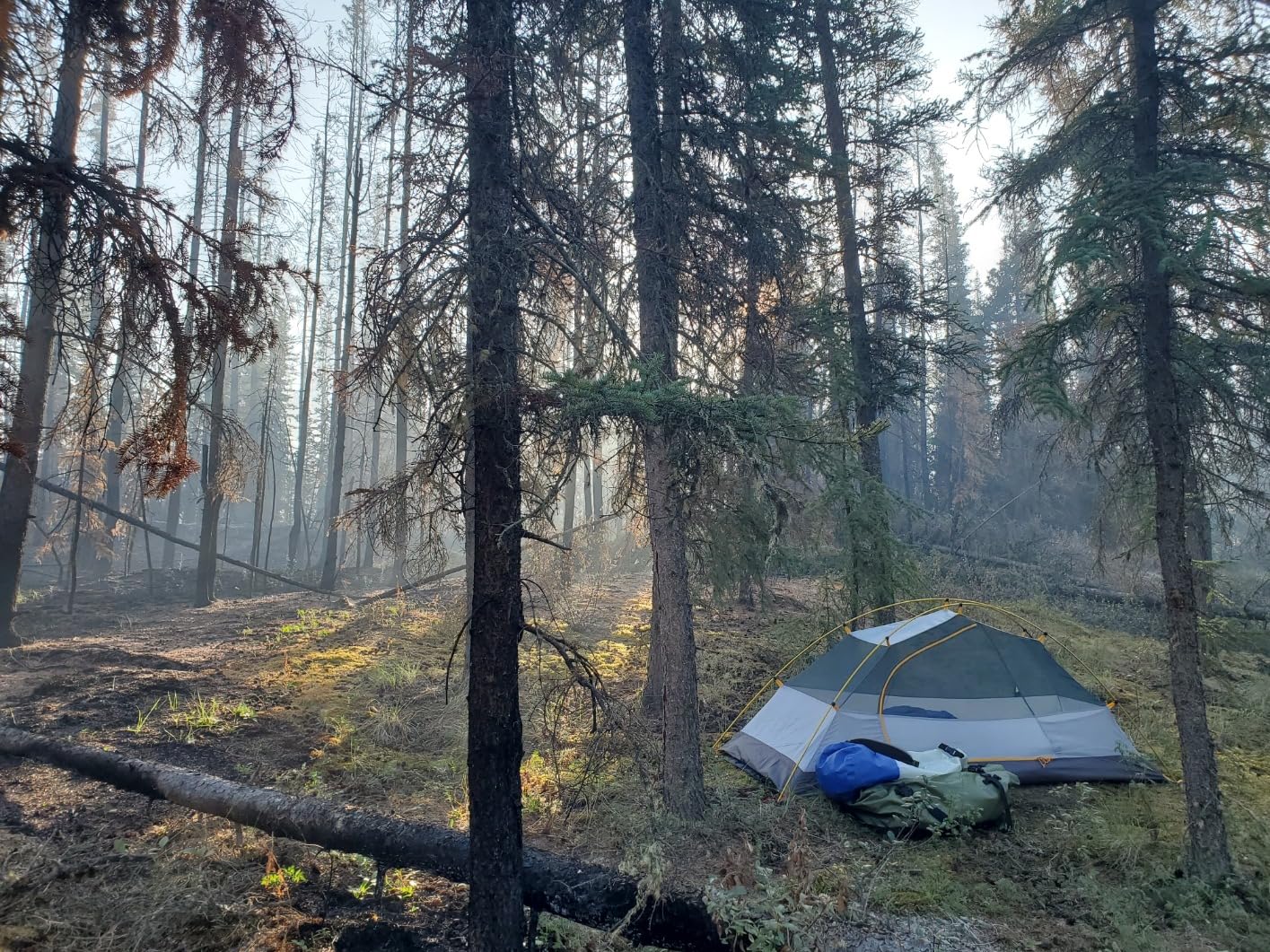
6
Night Cat Backpacking Tent
Easiest Setup. We took the Night Cat Backpacking Tent on a short, wet hike along the Olympic Peninsula in Washington—a great place to see how a tent handles rain. At first glance, the Night Cat seems almost too light to be weather-worthy, but that’s where it surprised us.
Weighing just 4.4 lbs, this tent was a dream to carry. It packs down small enough to clip to the outside of a backpack without dragging you down. Setup took no more than two minutes, thanks to the simple two-pole design and color-coded sleeves. Even with wet hands, we had it staked and zipped in a flash.
The interior is just roomy enough for one person plus gear—though we did squeeze in one adult and a kid one night, and it wasn’t terrible. The protected fiberglass poles are a small but smart detail. They’ve got a protective cover that kept us from getting those annoying splinters fiberglass is notorious for.
As for weather protection? The PU3000mm waterproof rating held up better than expected. It rained steadily for hours, and while the ventilation flaps meant there was a bit of damp airflow at times, the tent stayed dry inside. We were cautious about the vent openings near the rainfly (a design choice that could go either way in a storm), but with good orientation, it didn’t turn into a mini waterfall.
One of the poles had a slightly bent eyelet out of the bag, but a quick patch and some glue solved that. It’s not a luxury tent, but for the price, weight, and surprisingly sturdy construction, it’s a great option for weekend trips or scouts starting out.
See the official brand website for lots of different interesting options.
Pros:
✅ Super fast setup in under a minute
✅ Waterproof oxford fabric keeps rain out
✅ Spacious for one adult + gear
Cons:
❌ Tight fit for two people
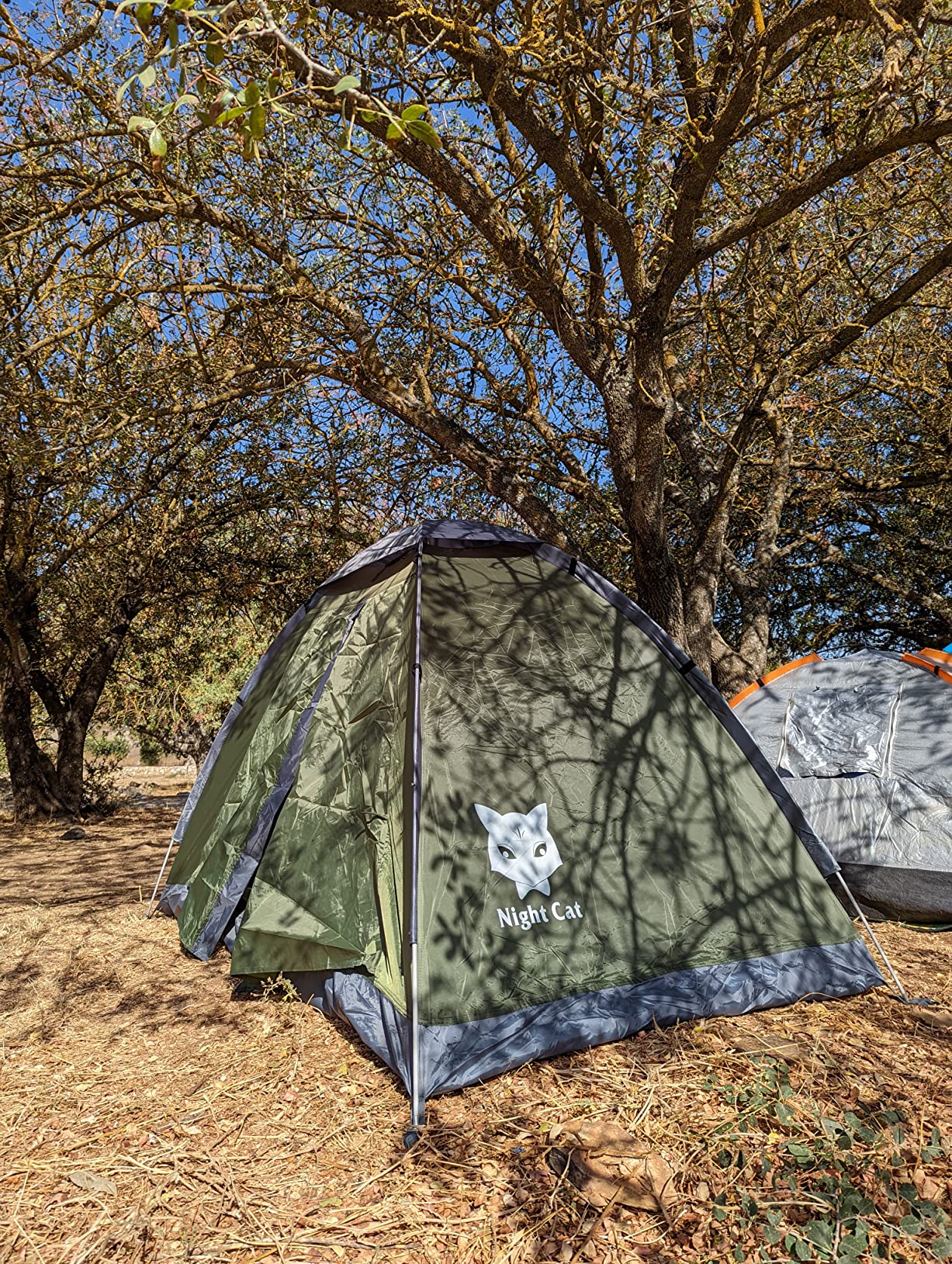
5
MSR Access 4-Season Tent
We brought the MSR Access 4-Season Tent into the snowy backcountry near Lake Tahoe for a three-day snowshoeing trip. This was our pick for true winter camping—when you’re high up, freezing temps overnight, and the wind doesn’t take a break.
At just 4 lbs 6 oz, it’s one of the lightest 4-season tents out there. And still, it held its own against 20 mph gusts and light snowfall that built up overnight. The Easton Syclone composite poles are no joke—they flexed in the wind but never felt like they were going to snap. We’ve had aluminum poles bend in less.
Setup with frozen fingers is never fun, but the central-support frame design made it fast and intuitive. Inside, it’s cozy and warm. Minimal mesh kept the cold air out, and the venting system worked well enough that condensation froze instead of soaking us—which is the best you can hope for in freezing conditions.
Space-wise, the Access 3 gave us just enough room to sleep comfortably (two of us) and stash gear in the vestibules without tripping over each other. If you’re tall, you’ll love the 84” length—we had room to stretch without our sleeping bags pressing against the walls and losing loft.
We did bring extra stakes to secure all the guy lines—always a smart move in snow—and added the MSR footprint for extra floor protection. This isn’t a tent you treat rough like a car-camping shelter; it’s ultralight and needs a little TLC, but it performs exactly as promised.
If you’re planning a serious winter trip and don’t want to haul a 10-pound tank of a tent, the MSR Access is your new best friend.
Watch this detailed review of the tent by Backpacking UK on YouTube!
Pros:
✅ Handles snow and wind like a champ
✅ Ultralight for a 4-season tent
✅ Excellent warmth retention
Cons:
❌ Pricey compared to 3-season tents
4
Kelty Grand Mesa Backpacking Tent
This tent came with us on a shoulder-season trip through the Smokies. It was wet, muddy, and foggy most mornings—perfect weather to test a budget-friendly backpacking tent like the Kelty Grand Mesa Backpacking Tent.
Setup was smooth as butter. Kelty’s Quick Corners held the poles in place like magnets, and we pitched it in under five minutes. The DAC aluminum poles were sturdy and lightweight, and once it was up, the Grand Mesa didn’t flinch—even when wind rattled through camp at 2 AM.
We brought the 2-person version, which, like most tents, fits two if you’re friendly—or one person and gear very comfortably. The shark-mouth carry bag was a nice touch—makes stuffing everything back in a lot less annoying when you’re rushing in morning drizzle.
Where this tent really impressed us was water protection. It rained sideways for half a day, and we stayed completely dry inside. No leaks, no sneaky moisture creeping in from corners. The fully seam-taped floor and rainfly did their job, and the bathtub floor design meant we weren’t floating when the trails turned to rivers.
The zippers were a little stiff at first (we learned to hold the fabric taut and go slow), but everything else felt durable. For the price, this tent punches way above its weight. It’s not ultralight, but for backcountry trips where reliability matters more than shaving every ounce, this extreme weather pop up tent is a winner.
P.S. You might also be interested in the Best Waterproof Tents for Camping!
Pros:
✅ Quick and simple setup
✅ Durable materials for the price
✅ Compact and lightweight for backpacking
Cons:
❌ Not ideal for tall campers
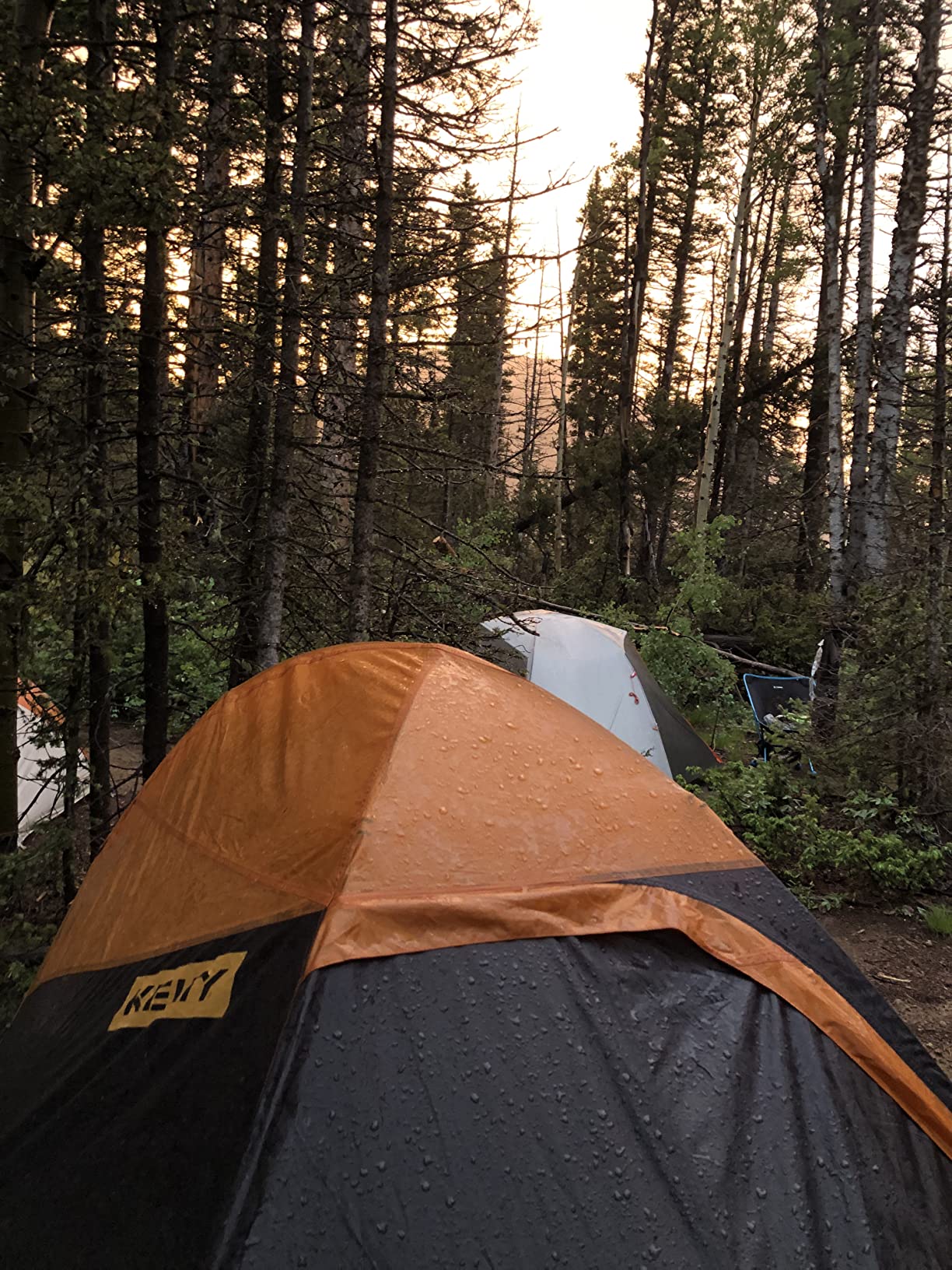
3
Toogh Backpack Camping Tent
Best Aesthetics. We first brought the Toogh Backpack Camping Tent on a family-friendly trip to Yellowstone, thinking it might be a simple backup tent for the kids. But after just one night in it, we started asking ourselves—why weren’t we sleeping in this one?
This tent’s unique hexagonal structure gives it serious curb appeal—and it’s not just for looks. That six-sided frame added surprising stability in wind when the weather turned nasty one night near Yellowstone Lake. While the trees were doing their spooky wind-dance, the Toogh stood firm. No collapsing corners, no flapping sides. Just a warm, dry place to ride out the storm.
One of our favorite features? The 60-second setup. No kidding—we timed it. You just lift the top, lock it in, and boom—instant home. Taking it down is just as easy. Press the yellow button, fold, and pack. I was expecting it to be like those impossible beach pop-up tents that never fit back in the bag, but nope—this one folded right down and fit like a charm.
Inside, we had enough room for two adults and our 6-year-old, plus space at the edges for bags and shoes. The 90-inch base and 66-inch peak height really made it feel roomy. You’re not hunched over like a troll trying to change clothes—there’s actual standing headroom in the center, which made a big difference when we were stuck inside during a passing thunderstorm.
As for weatherproofing? This thing means business. The 210D Oxford rainfly with a 3000mm waterproof rating shrugged off a steady downpour, and the 10,000mm floor kept us dry even when puddles formed outside. The double-layered design, with mesh inside and Oxford outside, kept it ventilated without turning into a condensation cave overnight.
Bonus points for the metal door poles that turn the front flap into a makeshift awning—a perfect spot to sit and sip your coffee in the early morning mist!!
On a side note, feel free to also check out our roundup of the Best Camping Tents for Couples.
Pros:
✅ One of the finest extreme weather camping tents
✅ Fully waterproof with 10,000mm floor
✅ Unique hexagonal design adds stability
Cons:
❌ Bulky to pack compared to ultralight models
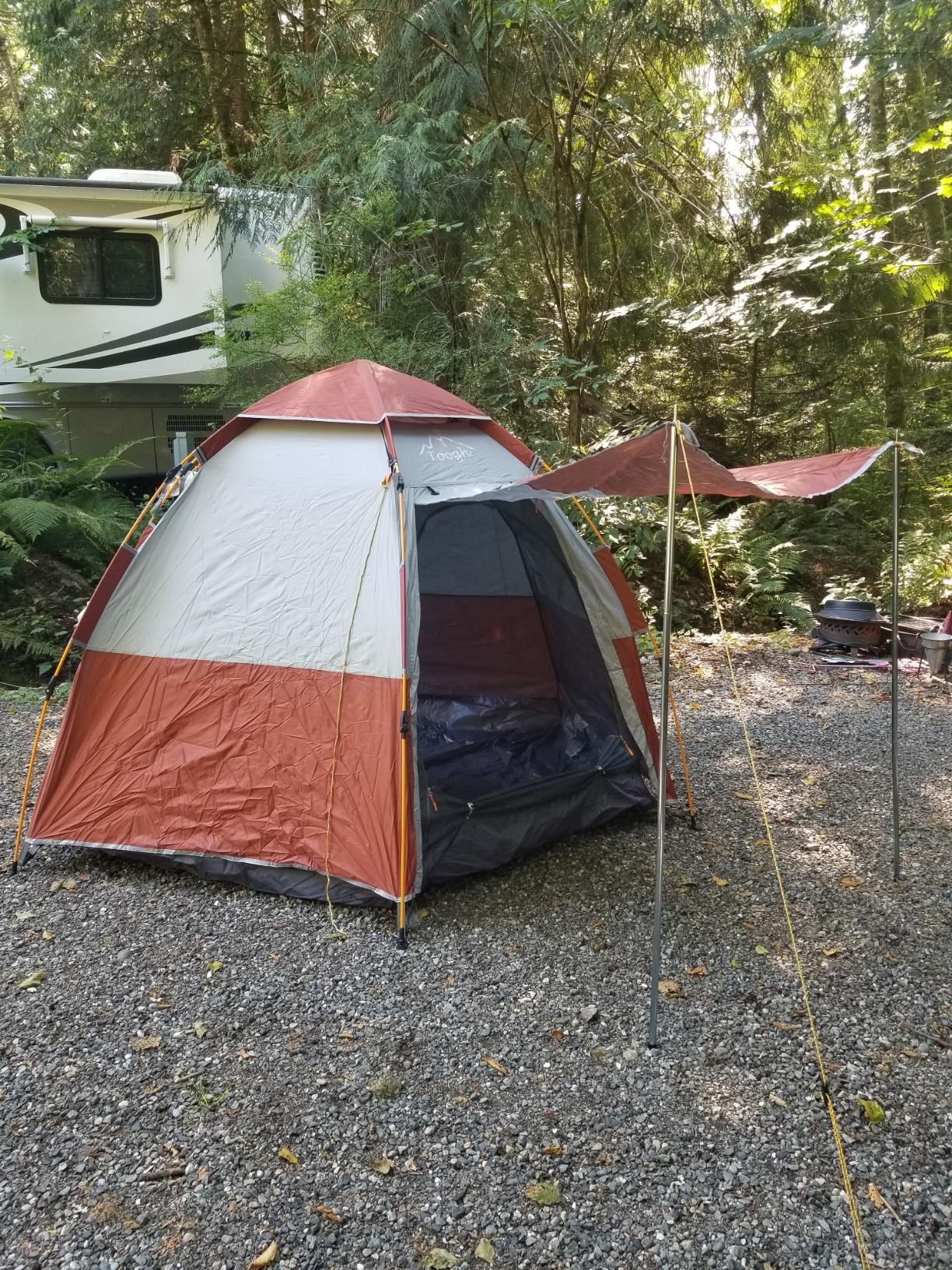
2
CAMEL CROWN Backpacking Tent
When I planned my first solo backpacking trip through Arizona’s Chiricahua Mountains, I needed a tent that wouldn’t weigh me down, break the bank, or fall apart on rocky ground. Enter CAMEL CROWN Backpacking Tent.
It wasn’t the fanciest thing on the trail, but let me tell you—it held its own like a champ.
Out of the bag, it was light and compact, easily clipping to my pack without swinging around like a wrecking ball. Setup was a breeze—I had it standing in under five minutes, even on uneven ground. The 8.5mm fiberglass poles and 150D Oxford cloth gave it enough structure to feel secure, but it still packed down small. And even though I didn’t use the stakes or ropes that first night (lazy, I know), it didn’t budge during some modest wind gusts.
Ventilation is often where budget tents struggle, but this one had a clever double-layer top with breathable mesh screens that kept air flowing while keeping the bugs out. It was bone-dry during my trip, so I can’t vouch for the waterproof rating firsthand, but the materials felt durable enough to trust in mild weather. And even with sharp vegetation poking around my site, the base didn’t tear or snag.
I appreciated how the tent didn’t hog space in my pack. It was lightweight (around 2.1 lbs) and stashed easily, even if it took a minute to get back into the stuff sack (small trade-off for the size and portability). I used a rock-in-the-corners trick for weight instead of staking, and even after a 10-hour mountain hike, I’d come back to find it exactly where I left it.
All said and done, this is a solid pick for fair-weather trips, solo adventurers, or anyone just starting out and needing a dependable tent that won’t drain the bank account. It’s not your four-season fortress, but for the price and the ease, I’d absolutely take it again.
Pros:
✅ Budget-friendly without skimping on quality
✅ Lightweight and packable
✅ Good airflow with mesh and vents
Cons:
❌ Not fully waterproof in heavy rain
1
Big Agnes Backpacking Tent
Best Overall. If there’s one tent on this list that truly felt like a home in the storm, it’s the Big Agnes Backpacking Tent. We took the 5-person version up to the Rockies, aiming for a high-altitude family adventure at 11,000 feet. What we didn’t plan on was a night straight out of a disaster movie: torrential rain, gusty 60mph winds, icy hail—and two dogs losing their minds in the chaos.
But this tent? It held up like a fortress.
The double ripstop nylon and polyester mesh interior gave us ventilation without sacrificing strength, and the PU/Sil-coated fly and groundsheet laughed in the face of moisture. Not a drop came in. The storm-flap-covered zippers kept everything sealed tight, and the apsis fans helped push moisture out so condensation didn’t turn the tent into a rainforest.
Inside, it was palatial. We had two adults, two teens, and two 60lb dogs inside, and nobody felt squished. The floor plan was wide and smartly designed, with enough space to stash gear and still have elbow room. We used the stash pockets for flashlights, snacks, chapstick—you name it.
Setup and takedown were both intuitive, with connected poles and a central hub that snapped into place with satisfying ease. We didn’t even bother with the optional gear hammock because the storage space built into the tent was already perfect.
Now, I won’t lie—the price made me gulp at first. But after that trip? It felt like a bargain. The fabric is way tougher than it looks. One of our dogs tried to launch himself through the side door (twice) in a thunder-induced panic, and there wasn’t even a scratch.
If you’re over 6’8”, you might want to test it first—my husband barely fit lengthwise. But for everyone else, this tent is the gold standard for high-altitude, family-style adventures.
Visit the official brand store online to browse more interesting options.
Pros:
✅ Roomy interior for families or groups
✅ Excellent storm resistance
✅ Strong yet lightweight materials
Cons:
❌ On the expensive side
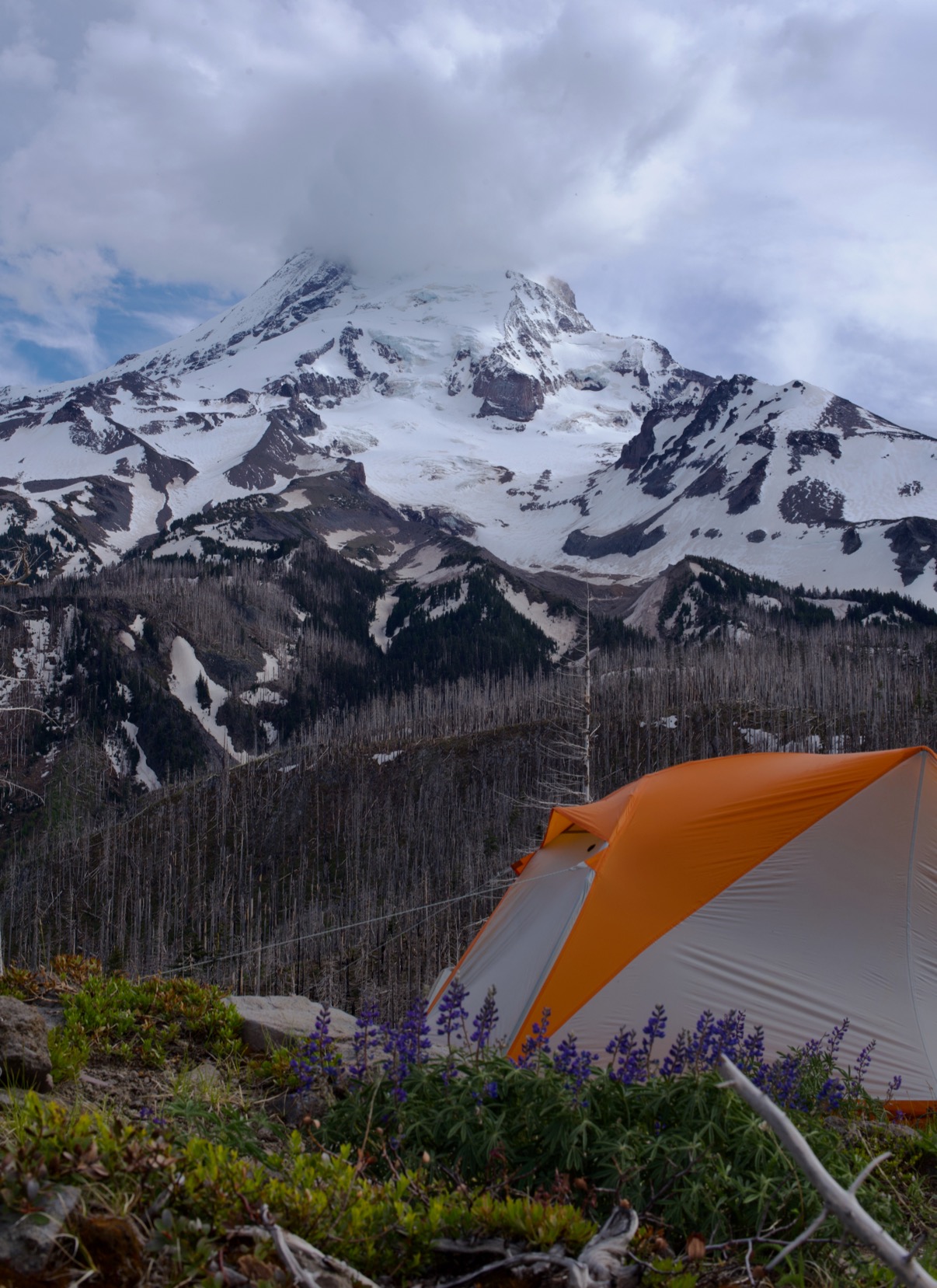
Our Verdict!
From the above best extreme weather tent roundup, we chose the Big Agnes Backpacking Tent as our Best Overall option given its extraordinary performance in so many areas like comfort, weatherproofing, value and quality. On the other hand, however, we also set aside two other options that stood out in one specific feature. Check them out below.
- Best Aesthetics: Toogh Backpack Camping Tent
- Easiest Setup: Night Cat Backpacking Tent
How to Choose the Best Extreme Weather Tent
When you’re venturing into wild, unpredictable environments—whether it’s high alpine terrain or backcountry blizzards—you need more than just a regular camping tent. You need a fortress against the elements. Here are the three key features to look for when choosing the best extreme weather tent for camping:
1) Strong, Wind-Resistant Structure
Look for a geodesic or dome-style frame with multiple crossing poles. These designs offer superior wind resistance and can stand up to high gusts without collapsing. Aluminum poles and reinforced joints are essential for durability—this is where most budget tents fall short.
Tip: Tents with more pole intersections tend to be sturdier in both wind and snow load.
2) High Waterproof Rating
In extreme conditions, water resistance is non-negotiable. Look for a minimum 3,000mm waterproof rating on the rainfly and at least 5,000mm on the floor. Taped seams and bathtub-style floors will keep you dry, even in sustained downpours or snowmelt.
Pro Insight: A silicone-coated flysheet sheds water faster and lasts longer than standard PU coatings.
3) Four-Season Versatility
A true extreme weather tent should be four-season rated, meaning it can handle everything from summer heat to sub-zero snowstorms. Look for double-wall construction with proper insulation and adjustable ventilation to manage condensation without sacrificing warmth.
Bonus Point: Snow flaps and vestibules are great additions for managing gear and sealing out wind-blown snow.
What type of tent is the warmest?
The warmest type of tent is a four-season tent, specifically designed for cold, harsh environments like alpine regions or winter backcountry trips. These tents feature double-wall construction, limited mesh panels, and thicker, more durable fabrics to trap body heat and block wind. Their geodesic or dome-shaped frames offer excellent stability in snow and high winds, while vestibules and snow flaps add extra insulation and protection.
Unlike three-season tents, which prioritize ventilation and weight, four-season tents are built to retain warmth and withstand freezing temperatures, making them the top choice for winter campers and mountaineers.
Which type of tent can withstand strong winds?
Tents that can withstand strong winds are typically geodesic or semi-geodesic tents, known for their intersecting pole designs that create a stable, self-supporting structure. These tents distribute stress evenly across the frame, making them far more resilient against gusty conditions compared to traditional dome or cabin tents. Materials also matter—aluminum poles offer superior strength and flexibility under pressure, while low-profile shapes with aerodynamic designs reduce wind resistance.
Additionally, features like guy-out points, reinforced corners, and high-denier fabrics add to a tent’s wind-shedding ability, making these tents ideal for mountaineering, high-altitude treks, and exposed backcountry camping.
Do all tents leak in heavy rain?
Not all tents leak in heavy rain—but many will if they’re not built for it or properly set up. High-quality tents with a waterproof rating of at least 3,000mm, fully taped seams, and a bathtub-style floor can keep you bone dry even during sustained downpours. However, leaks often happen due to poor seam sealing, worn-out coatings, or water pooling on the fly. Even the best tent can fail if pitched in a low spot or without a taut rainfly.
So while not all tents leak in heavy rain, the cheaper or poorly maintained ones definitely can. Investing in a good waterproof tent and learning how to pitch it right goes a long way in staying dry.
